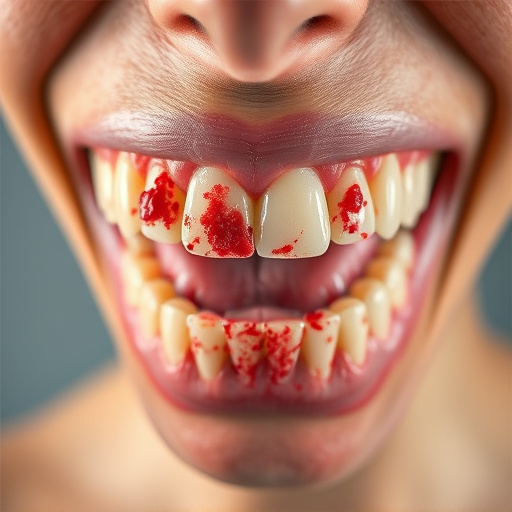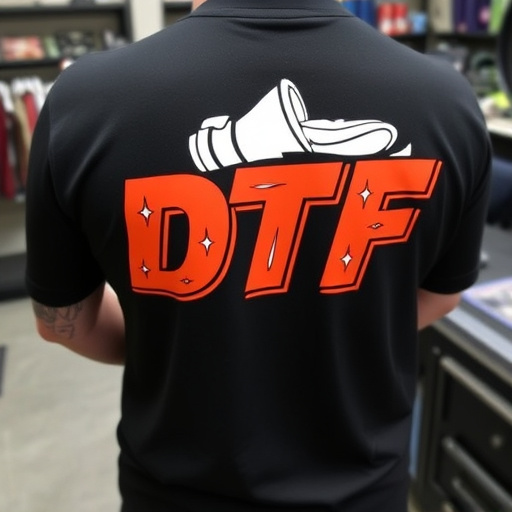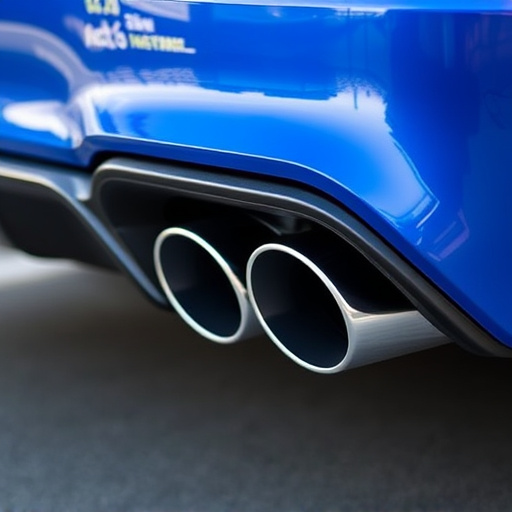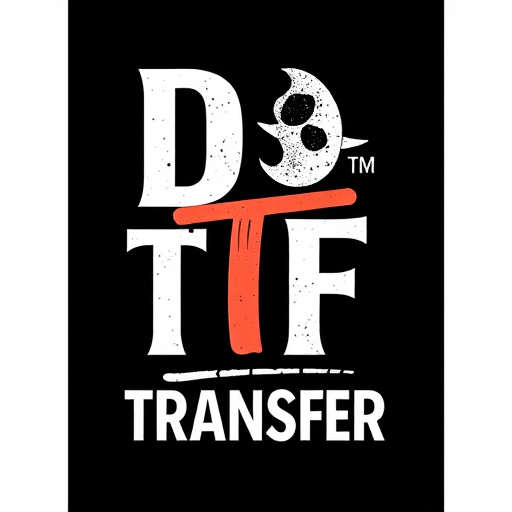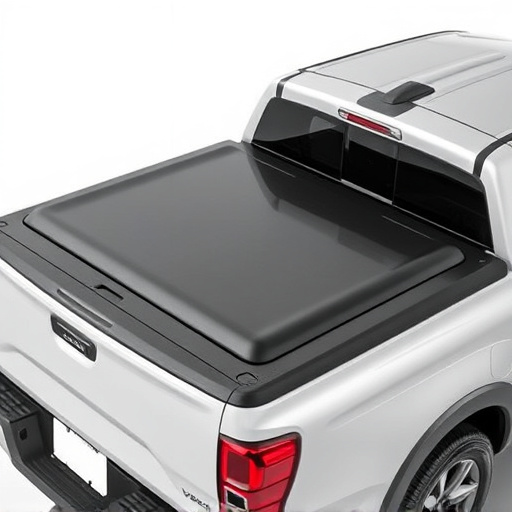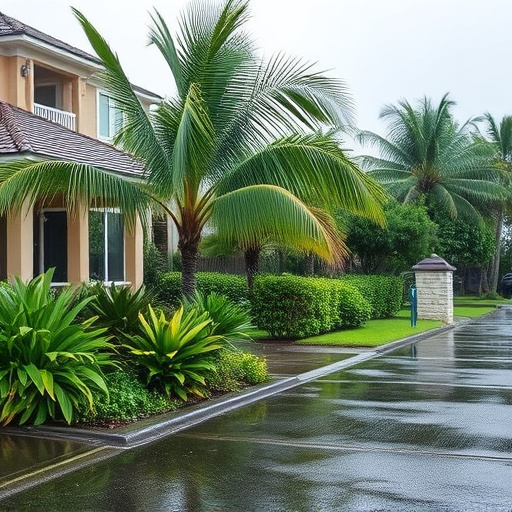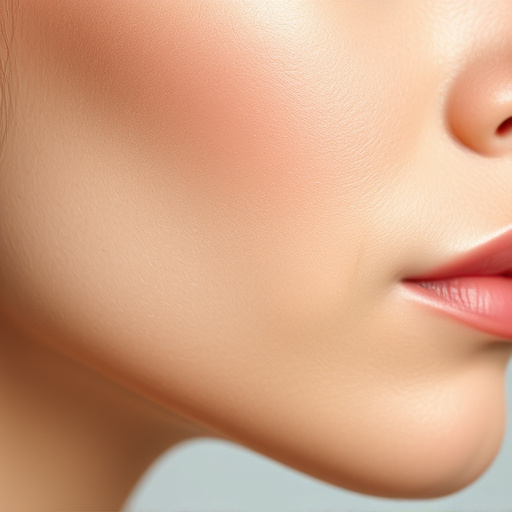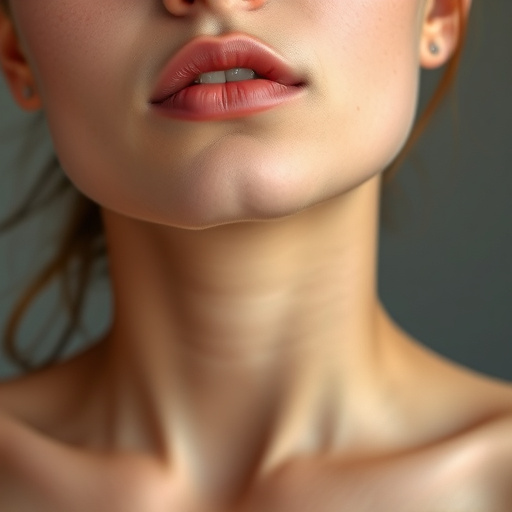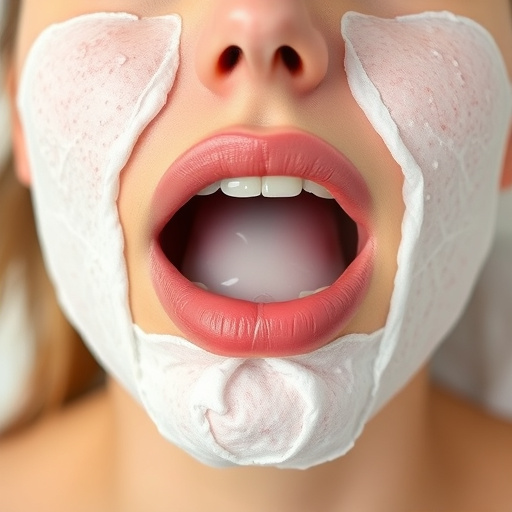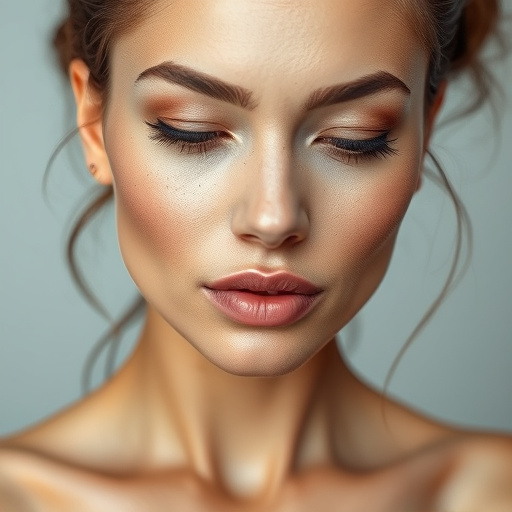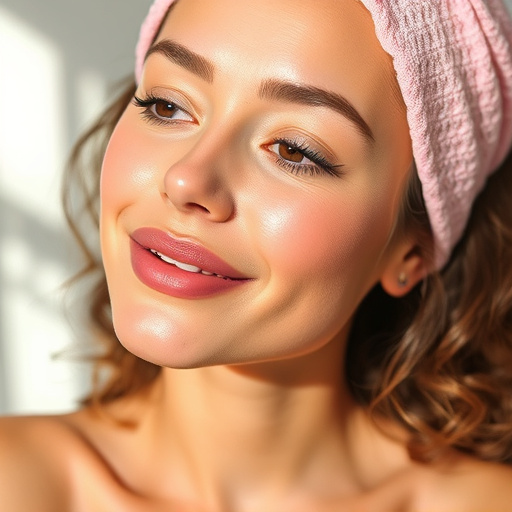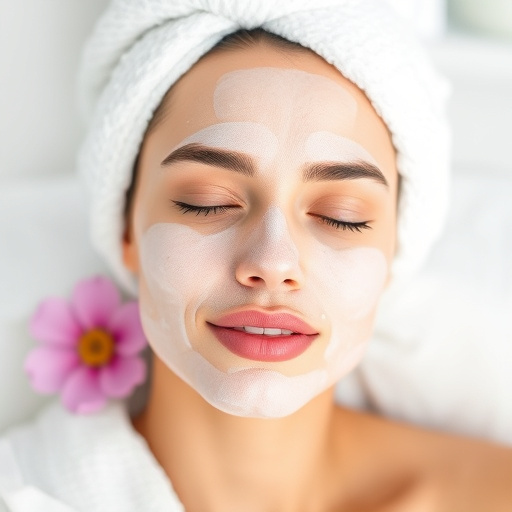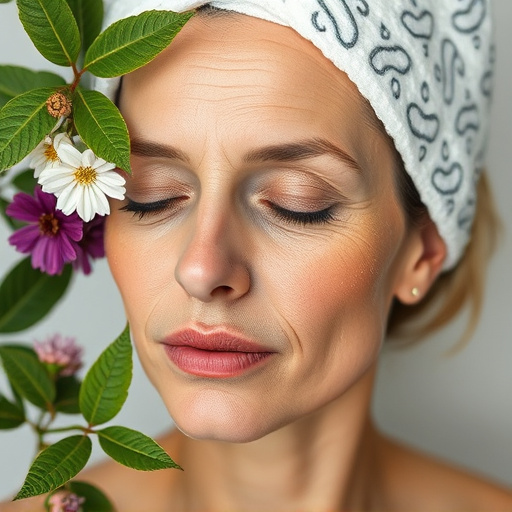Razor bump treatment involves personalized skincare routines focusing on gentle cleansing, exfoliation, moisturizing, and skin brightening to reduce itching, irritation, and visibility of small, raised red or pink bumps. For razor burn, a dual approach includes preventative measures like mild cleansers and post-shave moisturizing, plus soothing treatments like cool compresses and aloe vera gel. Severe cases may require non-surgical procedures like microdermabrasion, pore refinement, retinol, or glycolic acid to improve skin texture and prevent future occurrences. Modern treatments like microneedling therapy and skin tightening offer minimal downtime solutions for healthier skin.
Are you tired of dealing with unsightly razor bumps and burns? This guide is your ultimate solution. We demystify the differences between these common shaving irritations, providing insights into their causes, symptoms, and effective treatments.
Learn how to identify and address razor bumps, from understanding their characteristic appearance to exploring various treatment options. Additionally, we offer strategies to manage razor burn, ensuring smooth and comfortable skin after every shave. Discover the best approaches for achieving flawless, bump-free skin with our comprehensive razor bump treatment guide.
- Understanding Razor Bumps: Causes and Characteristics
- Exploring Razor Burn: What It Looks Like and How to Manage It
- Comparing Treatments: Effective Solutions for Razor Bump and Burn Relief
Understanding Razor Bumps: Causes and Characteristics
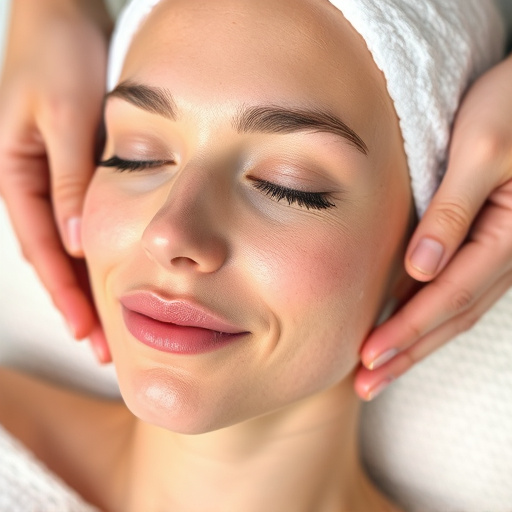
Razor bumps, a common skin concern, are small, raised bumps that typically appear on areas where hair grows back after shaving or waxing. They are caused by the ingrown hairs, often resulting from improper shaving techniques, using dull blades, or applying excessive pressure during the shaving process. This condition is characterized by a cluster of tiny red or pink bumps, sometimes accompanied by itching and irritation.
Understanding the causes is essential in seeking effective razor bump treatment. Professional skincare experts suggest that personalized skincare routines, including gentle cleansing, exfoliation, and moisturizing, can help manage and prevent razor bumps. Additionally, focusing on skin brightening techniques may provide a more even and smooth complexion, reducing the visibility of these blemishes.
Exploring Razor Burn: What It Looks Like and How to Manage It
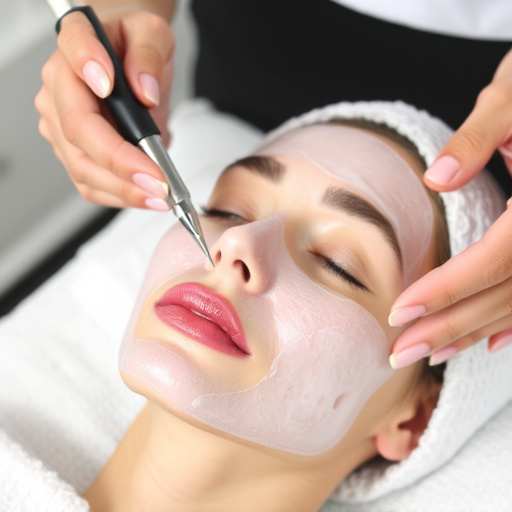
Razor burn is a common issue that occurs when the skin reacts to the friction and cutting action of shaving. It presents as red, irritated patches on the skin’s surface, often accompanied by small bumps or a rough texture. This condition can be uncomfortable and unsightly, prompting many to seek effective razor bump treatment solutions.
Managing razor burn involves a combination of preventative measures and soothing treatments. After shaving, it’s crucial to use a mild cleanser to remove any remaining shaving cream or irritants. Hydrating the skin with a rich moisturizer can help replenish moisture lost during shaving, while applying cool compresses or aloe vera gel provides immediate relief from irritation. For more severe cases, non-surgical treatments like microdermabrasion and pore refinement procedures can offer significant improvements by exfoliating dead skin cells and reducing visible pores, respectively. Additionally, incorporating skin-tightening routines using ingredients like retinol or glycolic acid may further enhance the healing process and prevent future occurrences of razor burn.
Comparing Treatments: Effective Solutions for Razor Bump and Burn Relief
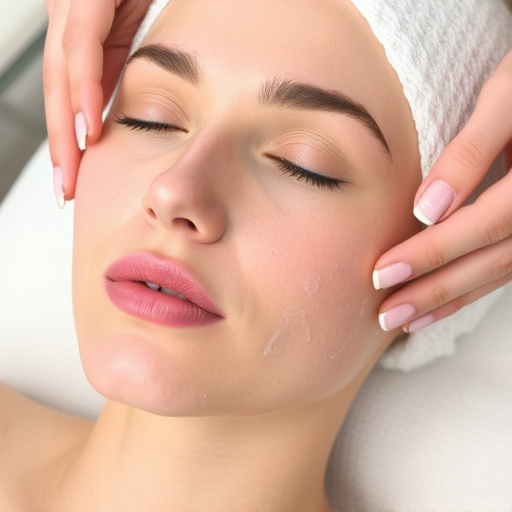
When dealing with razor bumps or burns, finding effective relief is paramount to achieving smooth, comfortable skin. While both conditions share some similarities, distinct differences exist in their causes and treatment approaches. Razor bumps, often characterized by small, red, raised bumps, typically result from close shaving, where hair follicles become irritated and inflamed. On the other hand, razor burns are more severe, causing painful redness, swelling, and even blisters due to excessive friction or a dull blade.
To address these issues, various treatments offer promising solutions. Non-surgical procedures like microneedling therapy and skin tightening techniques have gained popularity for their ability to stimulate collagen production and enhance skin texture. Microneedling involves creating tiny punctures in the skin to trigger a healing response, while skin tightening uses targeted energy to contract collagen fibers, reducing the appearance of bumps and improving overall skin tone. These modern approaches provide efficient, minimally invasive options for managing razor bumps and burns, ensuring individuals can achieve smoother, healthier skin without significant downtime.
Razor bumps and burns may be common skincare issues, but understanding their distinct differences is key to effective treatment. By recognizing the causes and characteristics of each, you can choose the right approach for relief. Whether it’s managing razor burn with soothing topicals or targeting specific treatments for razor bumps, there are options available to reduce irritation and restore smooth skin. Remember, proper shaving techniques and aftercare play a crucial role in prevention, so combining these strategies with suitable treatments will help keep both razor bumps and burns at bay.

